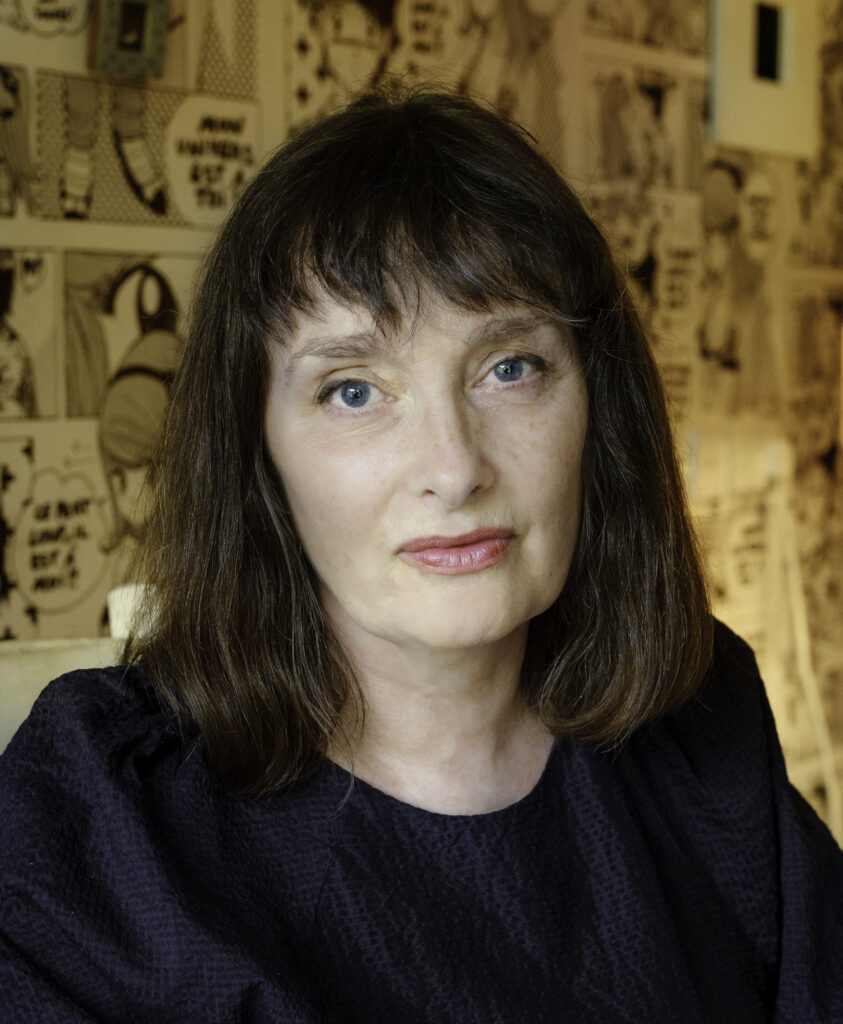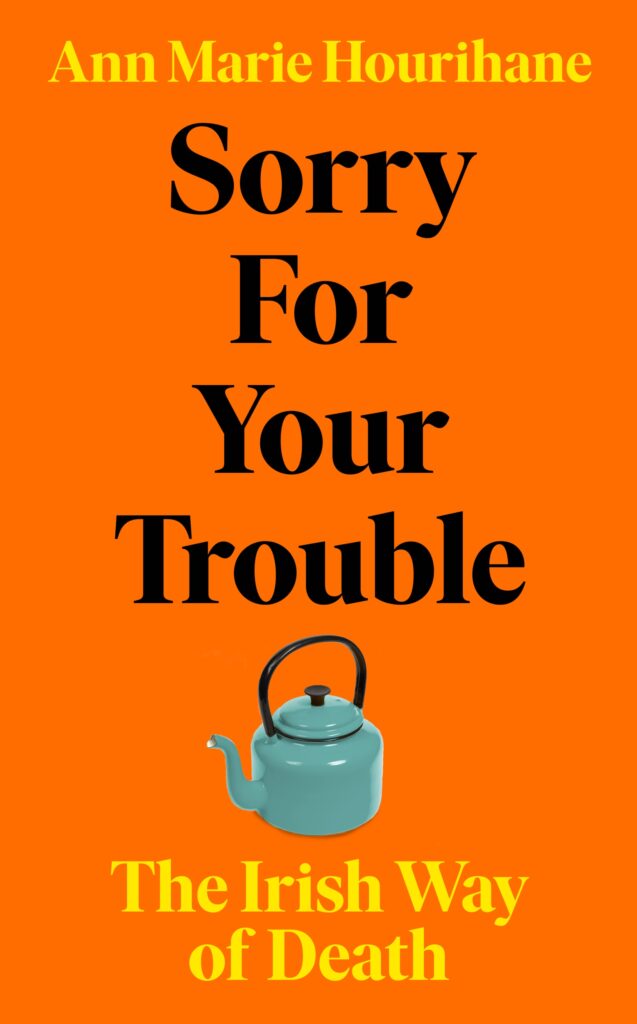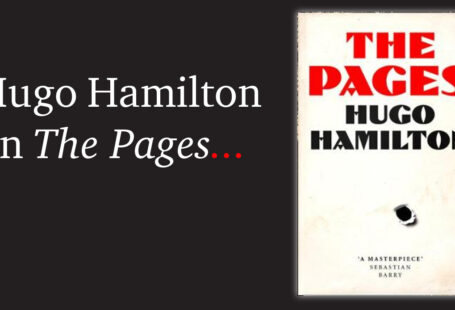Unconsecrated Ground
If you want to find a cillín, you have to know what you are looking for. There will, in all likelihood, be no signpost or gate. It’s best to go in the dead of winter, when the stones are less likely to be completely obscured by tall grass and wild flowers and brambles.
To reach the first cillín, we have to ford a stream that is flowing full after a night of snow. My very short wellingtons just about manage it. My guide is a local man, William. We are in West Cork.
We walk up a slight incline in a muddy field – all fields are muddy today. And here it is: two humble stones set together in the grass, with some unseasonal daisies quivering in the breeze around them.
William knows this is a cillín because the family on whose farm it stands told him so; we can see their substantial farmhouse from here, at the other side of the stream on another raised piece of land. William’s brother was once in this field doing some work with a digger, and he asked the farmer if he’d like him to flatten out this mound. No, no, said the farmer, that’s a cillín.
The plot is very small – about three metres by one metre – and William reckons it was ‘probably just used by a couple of local families’. The flat stones are uninscribed. They mark the brief lives of unbaptized babies.
A cillín was where people buried bodies that, for whatever reason, were not allowed in consecrated graveyards: unbaptized babies; babies born out of wedlock; suicides; strangers; women who had not been churched after childbirth. It is the association with unbaptized babies, and thus with Ireland’s denial of sex, that echoes the loudest today. There is an old and savage saying: ‘Triúr nac bhfeiceann solas na bhFlaitheas ariamh:Aingeal an uabhair, leanbh gan baisteadh,agus céile shagairt.’ This translates roughly as ‘Three who never see the light of Heaven: the Angel of Pride [i.e. Satan], an unbaptized child and a priest’s concubine.’ We are a lovely country. Scholars are aware of 1,400 cillíní on the island.
The Christian practice of infant baptism has historically been linked to a set of beliefs about original sin. For a long time, unbaptized infants – still marked by original sin – were deed to go to limbus infantum after they died. The existence of limbus infantum was never an official doctrine of the Catholic Church, but it was widely believed. There was no getting unbaptized babies out of their limbo, no matter how hard you prayed. They would never see the face of God. Nor could they be buried in consecrated ground.

Ann Marie Hourihane is one of the sharpest, funniest and wisest chroniclers of Irish life. She is the author of the acclaimed She Moves through the Boom. She lives in Dublin.







Recent Comments